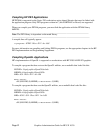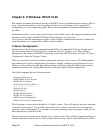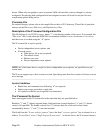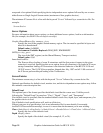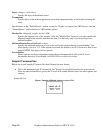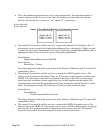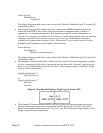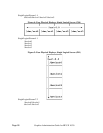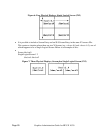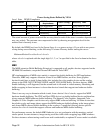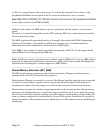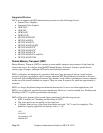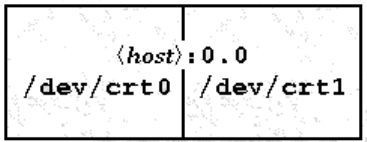
Screen /dev/crt
DefaultVisual
Transparent
The display diagram would be the same as that of the "Results of Minimal Legal X*screens File"
configuration, above.
• This sample X*screens file could be used on a system with a HCRX-8 graphics device. By
default on the HCRX-8, the overlay visual does not have a transparent entry available to
applications for rendering transparency. If an application requires overlay transparency, an
optional X server mode is available, but it is restrictive. In this optional mode, only one hardware
colormap is available in the overlays (instead of two) and only one hardware colormap is
available in the image planes (instead of two). The optional X server mode can be set via the
EnableOverlayTransparency screen option as shown below.
Screen /dev/crt
ScreenOptions
EnableOverlayTransparency
The display diagram would be the same as that of the "Results of Minimal Legal X*screens File"
configuration, above.
• These sample X*screens file entries could be used on a system with two homogeneous graphics
devices. Assuming the first device is associated with the device file "/dev/crt0" and the second
device is associated with the device file "/dev/crt1", both examples specify a horizontal Single
Logical Screen configuration.
SingleLogicalScreen 1 2
/dev/crt0 /dev/crt1
or
SingleLogicalScreen 1 2
/dev/crt0
/dev/crt1
Figure 3: Two Physical Displays, Single Logical Screen (1X2)
• These sample X*screens entries could be used on a system with four homogeneous graphics
devices. Assuming the first device is associated with the device file "/dev/crt0", the second
device is associated with the device file "/dev/crt1", etc. The following examples specify valid
Single Logical Screen configurations.
Graphics Administration Guide for HP-UX 10.20
Page 27





